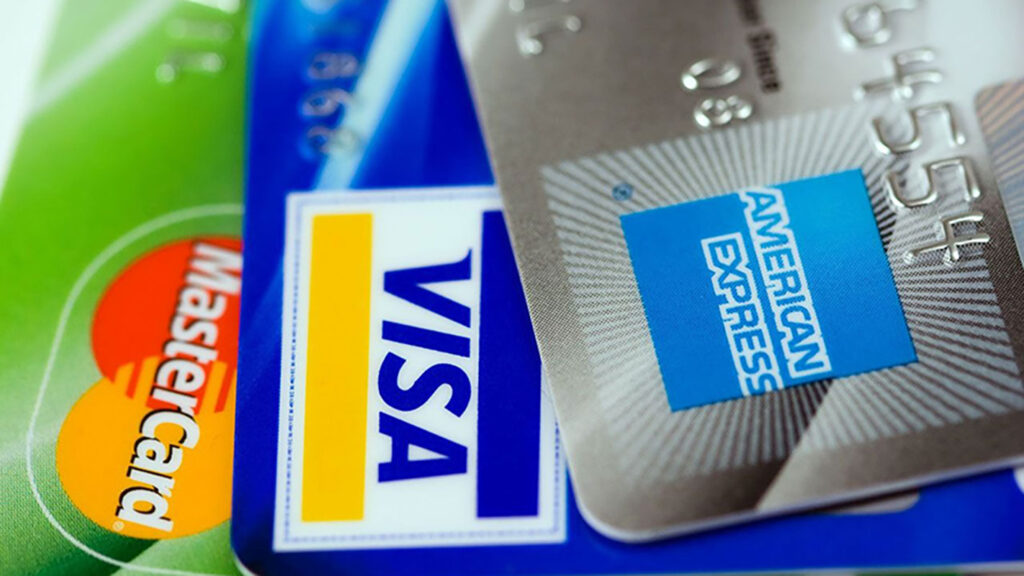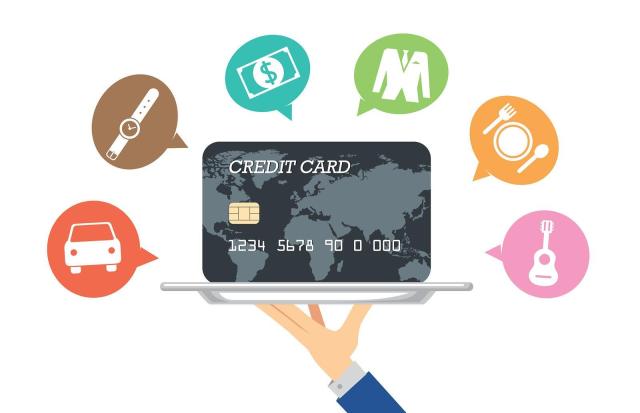Tyler is a teenager who wants to start building his credit history. He knows that doing this now will help him immensely in the future. He found the perfect credit card that will help him achieve his goals by going through the options discussed below. This post will walk you through the options Tyler used to help him find the credit card that fits him best.
First of all, congratulations! Getting a credit card is a big step towards financial freedom and long-term financial health. If you didn’t already, you should read Post 17, which goes over the reasons why you should get a credit card and how to make sure you use it intelligently. Also, the next post on SheeksFreaks, Post 19, will talk about how to manage your credit card once you have it, so keep an eye out for that one, too.

If you are not 18 years old yet
If you are 18 or older, you can skip down to the next section.
But if you are not 18 yet, you only have one option. But it’s a pretty good one, and it will allow you to start building your credit history, and thus your credit score, before your 18th birthday.
Your option is to become an “authorized user” on one of your parent’s existing credit cards. Now, this obviously means you need your parent’s permission, and they need to be willing to add you to their account. But if you can prove to them that you understand the negative consequences of using a credit card recklessly and can convince them that you will not do so, then hopefully they will be willing to add you.

If they agree, they would need to log into their account online or call the credit card company and add you as an authorized user. Some companies may have a limit as to how young an authorized user can be, so your parents will have to ask the card company what their restrictions are, if any.
Here is the only possible catch
Some credit card companies will NOT report the card’s payment history to YOUR credit history even after your parents add you as an authorized user. But, some will. So your parent should call the credit card company and ask,
“If I add my child as an authorized user, will your company report the payment history in their name as well as mine?”
This is critical because the whole purpose of adding you as an authorized user is to start building up your credit history. So if the credit card company is not going to report to your name, then I would NOT choose that card. Hopefully, your parents have a few credit cards, and they can call each one until they find a company that will do so.
Once your parent has added you to the account, you will get your own card with your name on it. You can use the card to make purchases, which you should, but only with your parents’ permission. Your parents may also give you some boundaries. For instance, they may only allow you to buy gas or food with the card, or they may tell you not to charge more than $50 per week.

But once you are using a credit card as an authorized user for one of your parent’s accounts and that credit card company is reporting the on-time payments to your name, you are officially building your credit history! This will make it much easier to get your own credit card once you turn 18.
Tyler was 18, so he continued to the options below.
If you are 18 or older
If you are 18 or older like Tyler, you have a few options. Some are better than others. I am going to walk you through each option in the order of priority. Hopefully, Option 1 will work for you. But if not, go to Option 2. If that doesn’t work, you still have Option 3.
Option 1 – Get your own credit card
This is the best option, and the one Tyler tried first.
Tyler knew that getting a credit card company to trust him wasn’t going to be easy, especially since he has no credit history (a track record of responsibly handling your money) or a verifiable source of income.
But Tyler still tried this option first, and so should you.
Since Tyler was a student, he tried to get a student credit card as his first credit card. Surprisingly, Tyler found out you don’t always have to be a “student” to get a student credit card. Generally, these are cards that are specifically for young people, so companies have fewer eligibility requirements since they know young people have not had time to build up a solid credit history. Student credit cards can also have low or no annual fees, which is a great bonus.

Credit card companies are constantly changing their benefits and requirements, so there is not a list of the top student credit cards here since the list changes often. To get the most current information, you can start by Googling, “What are the best student credit cards?”
After that Google search, you will likely find yourself at Nerdwallet.com or Wallethub.com. Their lists should be up-to-date with what’s currently offered to students and young people. These sites are trustworthy, so you can start by applying for one of the cards they recommend. Read over their recommendations carefully and choose the card that best fits your situation.
To get you started, here are their respective lists for 2020.
Tyler tried to get a student credit card on his own but did not have success. So he moved onto Option 2.
Option 2 – Have someone co-sign for your card
Since you likely have little to no credit history like Tyler, you may find that you are unable to get a credit card on your own (either a student credit card or a regular one). If this is the case, you still have a couple of options like Tyler.
Option 2 still involves Tyler getting a credit card, but it includes having someone else (probably a parent) co-sign on the account with him. The co-signer has to be someone with an established credit history and a solid credit score.

Not just anyone is going to be willing to co-sign on your credit card account for you since that person would be legally responsible for any debt that you rack up. So start by asking a parent who knows you and (hopefully) trusts you and is willing to help you out.
Not all credit card companies allow co-signers, though. As of this writing, Bank of America and US Bank are two major credit companies that do allow co-signers according to this article on Nerdwallet.com.
Unfortunately for Tyler, his parents had two credit cards, but neither of those companies allowed co-signers. So Tyler went on to Option 3.
Option 3 – Get a secured credit card
If options 1 and 2 leave you still searching for your first credit card like Tyler, then you are left with one more option: a secured credit card. A “secured” credit card works differently than a regular one. With a secured credit card, you have to pay the money to the card company first.
So Tyler would transfer money to the credit card company, say $500, as a deposit. Once the card company has his money, they will then allow him to use the credit card to spend up to the $500 he deposited. This is why secured credit cards are sometimes called “prepaid” credit cards.

Tyler understands that there are four main benefits to a secured credit card:
- Having a secured credit card is better than having no card at all.
- It’s impossible to “overspend” since he can only charge up to the amount he’s already paid.
- They look and feel just like a regular credit card. Merchants can’t tell that it’s a secured credit card.
- When using a secured credit card, he is building up a strong credit history, which will, in turn, allow him to get a regular credit card in the future.
So don’t sweat it if you have had to come down to Option 3 along with Tyler. You need to start somewhere, and a secured credit card is not a bad option at all.
A word about credit card perks
A lot of credit cards will offer perks to try to sway customers to use their cards. These perks can be things like:
- Travel rewards
- Points
- Cashback
- Retailer discounts
- Gift card redemption

But, to be honest, these perks are offered to the most desirable customers. And those customers are people who have a high income, long-term income, and high credit scores. As a young person, you likely don’t have any of those traits. Therefore, credit card companies aren’t eager to offer you those perks.
But don’t let that get you down. Honestly, perks are nice, but they should not be the main reason for choosing a card. Also, credit cards with various rewards options work best for people who charge a lot on them, and as a young person, you (thankfully) don’t have a lot of spending to put on your credit card. So even if your card did have great perks, you likely wouldn’t see much benefit since you may only be charging $250 a month and not $5,000 per month.
So don’t sweat it if you don’t get a card with awesome perks. Build your credit score and credit history for a few years, and then those credit card companies will be fighting for your business by offering you all those great rewards.
Finally, don’t forget to link your new credit card account to your Mint.com account so that Mint can track your spending for you. See Post 14 and Post 15 for more on tracking your expenses.

Dan, amazing article. Truly great. I’m going to work in doing this now! Talking to my parents tonight. Love your articles!